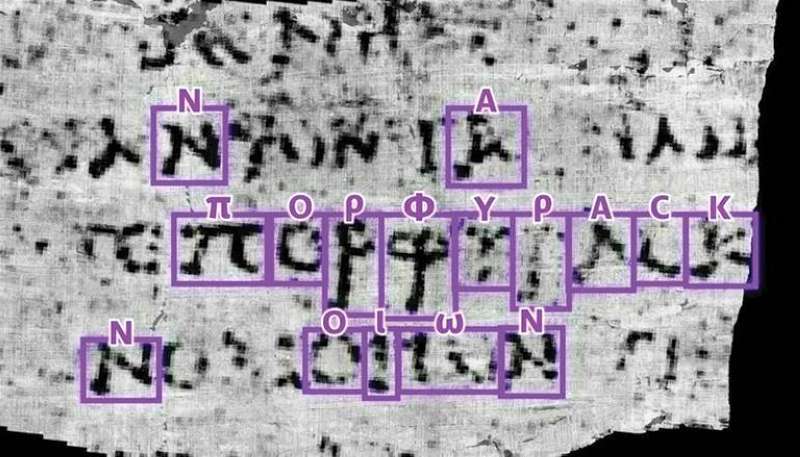An American student from the University of Nebraska succeeded in achieving a major achievement despite his young age, when he deciphered a 2000-year-old manuscript, by resorting to artificial intelligence, which enabled him to win $40,000.
According to Al-Rai daily, the student was able to decode and read more than 10 letters in an area of 4 square centimeters.
The American magazine “People” highlighted the achievement of university student Luke Varator (21 years old), who was able to win first prize in the “Vesuvius Challenge,” which means “using modern technology to decipher the secrets of historical papyrus manuscripts.”
The challenge was called “Vesuvius” in reference to the fact that “the ancient, rolled-up papyrus comes from an ancient library in the Roman city of Herculaneum, which was petrified, including its contents, as a result of the eruption of Mount Vesuvius in 79 AD, and turned into brittle carbon.”
The official challenge committee announced during a press conference that the student specializing in computer science won the “First Letters” award amounting to $40,000, after his success in decoding and reading more than 10 letters in an area of 4 square centimeters.

